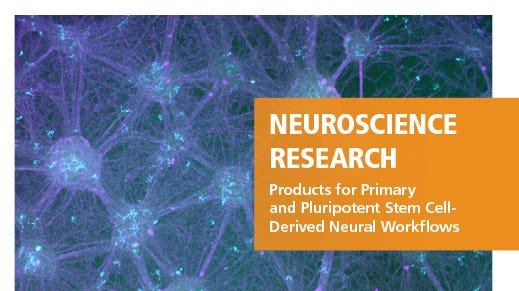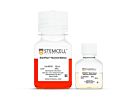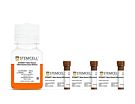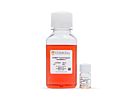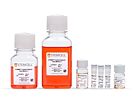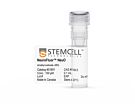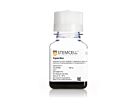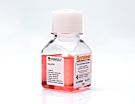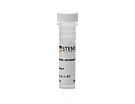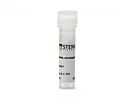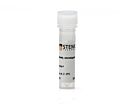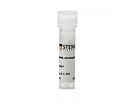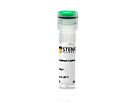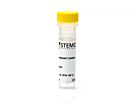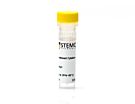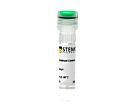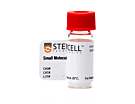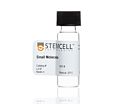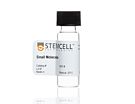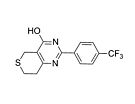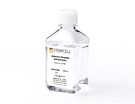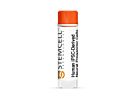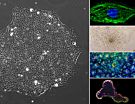hPSC-Derived Neural Cell Research
After neural induction, human pluripotent stem cell (hPSC)-derived neural progenitor cells (NPCs) can be further differentiated into the major neural cell types of the central nervous system: neurons, astrocytes and oligodendrocytes.
Products
Cell Culture Media and Supplements 4 (31)
-
STEMdiff™ Motor Neuron Maturation Kit
Cell culture medium kit for the maturation of hPSC-derived motor neurons -
STEMdiff™ Motor Neuron Differentiation Kit
Differentiation kit for the generation of motor neurons from hPSCs -
STEMdiff™ Cerebral Organoid Maturation Kit
Culture medium kit for extended maturation of human cerebral organoids -
STEMdiff™ Cerebral Organoid Kit
Culture medium kit for establishment and maturation of human cerebral organoids
Cell Dyes and Detection Assay Kits 4 (2)
-
NeuroFluor™ NeuO
Membrane-permeable fluorescent probe for the detection of live neurons -
Trypan Blue
Reagent for counting viable mammalian cells
Antibodies 4 (4)
-
Anti-Human Beta-Tubulin III Antibody, Clone 2G10-TB3
Mouse monoclonal IgG2a antibody against human, mouse, rat betatubulin III -
Anti-GFAP Antibody, Clone 2E1.E9
Mouse monoclonal IgG2b antibody against human, mouse, rat GFAP (glial fibrillary acidic protein) -
Anti-Beta-Tubulin III Antibody, Clone AA10
Mouse monoclonal IgG2a antibody against human, mouse, rat betatubulin III -
Anti-Human Nestin Antibody, Clone 10C2
Mouse monoclonal IgG1 antibody against human, cynomolgus nestin
Cytokines and Proteins 4 (29)
-
Human Recombinant PDGF-DD
Platelet-derived growth factor DD -
Human Recombinant FGF-10 (KGF-2), ACF
Fibroblast growth factor 10, animal component-free -
Human Recombinant CNTF, ACF
Ciliary neurotrophic factor, animal component-free -
Human Recombinant EGFR
Epidermal growth factor receptor
Small Molecules 4 (6)
-
SIS3
Activin/NODAL/TGF-β pathway inhibitor; Inhibits SMAD3 -
Compound E
Notch pathway inhibitor; Inhibits Notch receptor and amyloid precursor protein -
Dibutyryl-cAMP
cAMP pathway activator; Activates cAMP-dependent protein kinases -
XAV939
WNT pathway inhibitor; Inhibits TNKS1 and TNKS2
Buffers and Solutions 4 (1)
-
D-PBS (Without Ca++ and Mg++)
Dulbecco’s phosphate-buffered saline without calcium and magnesium
Primary and Cultured Cells 4 (1)
-
Human iPSC-Derived Neural Progenitor Cells
Frozen human neural progenitor cells differentiated from the human induced pluripotent stem cell line, SCTi003-A
Training and Education 4 (1)
-
Pluripotent Stem Cell Training
Training to support the culture of hPSCs and their differentiation towards cerebral organoids, intestinal organoids, cardiomyocytes, or hematopoietic progenitors
